SPORT AND RECREATION
Sports and recreational activities have benefits for physical, mental, and emotional well-being.

Fractures are the most common sport and recreation injury among children and youth ages 5 to 19 years.1
OVERVIEW
Physical activity can have a positive impact on physical health, by improving strength, and cardiovascular and brain function, as well as on mental health by reducing anxiety and depression. Physical inactivity is a recognized public health issue for all Canadians, and is a leading risk factor for death.1
It is important to be aware that increases in physical activity may result in increased risk of injury. Injuries from sports and recreational activities that result in hospitalization are most common among children and youth aged 5 to 19-years-old.
Fractures are the most common injury for children aged 5 to 19-years-old. Other injuries from engaging in sports and recreational activity include concussion, internal organ injuries, and intercranial (inside the skull) injuries. 3
Injuries can happen during regular physical activities that children engage in:2
- 5 to 9-year-olds can get injured playing on the playground and while cycling, often injuring their shoulders and upper arms.
- 10 to 14-year-olds can get injured while cycling, skateboarding, skiing, and playing on the trampoline, often injuring their elbows and forearms.
- 15 to 19-year-olds can get injured while cycling, skiing, or skateboarding, often injuring their knees and lower legs.
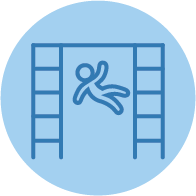
Playground injuries (monkey bars) are the leading recreational activity resulting in injury hospitalization for children 5 to 9-years-old.1
RESEARCH
SHRed Concussions
Researchers at BCIRPU, UBC, and UBCO are conducting a study to improve recognition and management of sports-related concussion in children/youth. Surveillance in High Schools to Reduce Concussions and Consequences of Concussions (SHRed Concussions) is a three-year longitudinal, Canada-wide, cohort study aimed at reducing the burden of sport-related concussions and their consequences across youth sport populations.
Researchers are actively recruiting high school athletes who participate in school or club sports associated with a higher risk of concussion, specifically: basketball, football, ice hockey, ringette, lacrosse, rugby, soccer, volleyball, cheerleading, wrestling, alpine skiing, or sledge hockey.
To learn more about SHRed, visit the study page.

Off-road cycling is the leading sport resulting in injury hospitalization for ages 10-19 years.1
PREVENTION
There are a number of things British Columbians can do to prevent serious injuries when engaging in physical activity.
Get Ready
- Fitness and conditioning: Improving fitness can help reduce risk of injury. Aim for 30 to 60 minutes of physical activity each day, in addition to participating in a particular sport. Have an annual check-up to ensure fitness to participate in chosen sports. Discuss any concerns with your doctor.
- Chat with the coach or supervisor: Provide emergency contact information as well as details of any medical conditions or allergies. Check that the organization is prepared to handle emergencies and that staff are trained in first aid practices and CPR. If applicable, ensure that adequate practice time is provided to learn how to play safely, and to build skills and conditioning.
Get Set
- Wear proper equipment: Correctly fitted equipment can prevent injury. Get the right gear for each sport, make sure it fits, and wear it properly every time you play.
- Wear a helmet when applicable: Recreational activities with a high risk of head injury include cycling and mountain biking, skateboarding and inline skating, skiing and snowboarding, and sports such as hockey, football, and lacrosse. While helmets cannot prevent concussion, they can reduce the risk of serious brain injury.
- Do a safety check: Inspect the playing grounds and equipment to make sure they are up to standard and remove any potential hazards. This includes playground equipment and the surfacing material used underneath the equipment.
- Prepare for activity: Get a good night’s sleep, eat a balanced meal, and warm-up and stretch before every practice and game.
Play
- Stay hydrated: Drink plenty of fluids before, during, and after play, especially if it is hot outside. Take a water break at least every 15 to 20 minutes to stay hydrated.
- Be a good sport: Be responsible for your own actions and take steps to protect yourself and others from injury. Encourage fair play in sport and model respect and sportsmanship in the presence of others.
- Supervise young children: Ensure that the activity is age-appropriate, such as the size and difficulty of playground climbing structures. Stay within arm’s reach if there is a risk of the child falling. Also, be aware of any drowning hazards in the area such as streams, ponds, or pools.
- Know what to do when something happens: Don’t play through an injury. Injured athletes should be examined by a physician, preferably one with experience in sports medicine.
- Know how to report an injury. Support a positive and encouraging environment for reporting and be there for teammates who are off with an injury.
- Be Aware: Know the signs of a concussion and speak up if you suspect something is wrong. Learn more about concussions on our Concussions page or cattonline.com.
For more information on preventing injury in a particular sport or activity, visit activesafe.ca.
RESOURCES
- Injury Insight: Snowmobile Safety (PDF) (Nov 2021)
- Injury Insight: ATV Safety (PDF) (April 2021)
- Injury Insight: ER-Related Longboarding and Skateboarding Injuries (PDF) (April 2016)
- Injury Insight: Trampoline-Related Emergency Room Visits (PDF) (March 2015)
- Injury Insight: The Injury Consequences of Promoting Physical Activity (PDF) (June 2013)
- Injury Insight: Helmets for Winter Sports (PDF) (January 2013)
- Injury Insight: Playground Injuries in Children (PDF) (June 2012)
- Injury Insight: Snowmobiling Injuries (PDF) (January 2012)
- Injury Insight: Winter Sports Injury (PDF) (December 2011)
- Injury Insight: Cycling Injuries in Children (PDF) (June 2011)
News
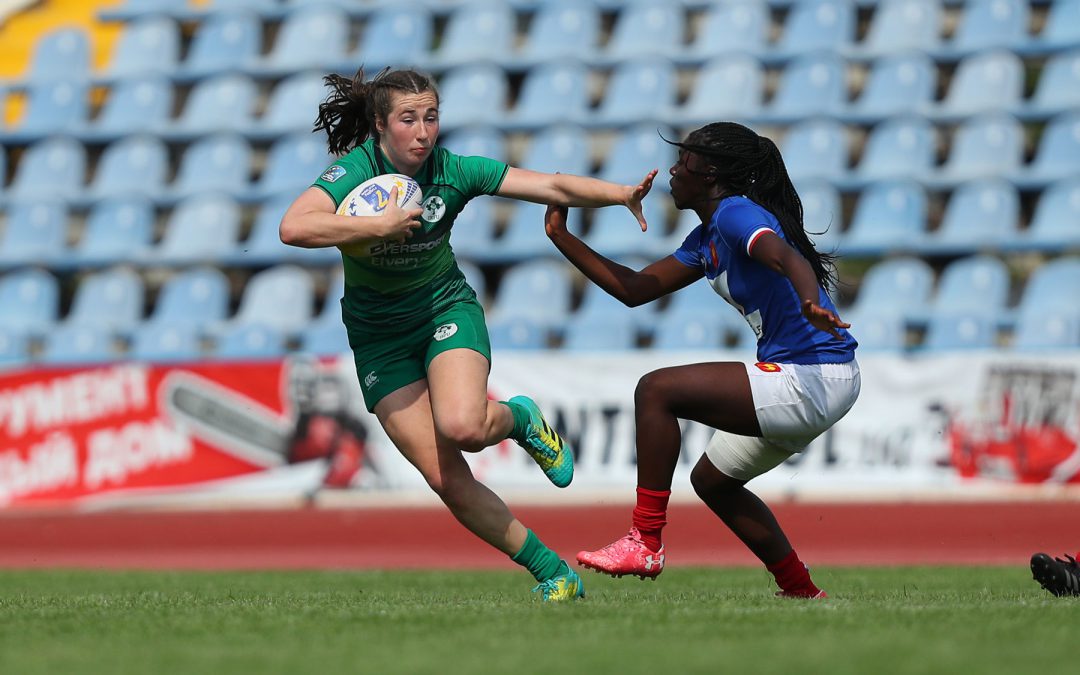
BCIRPU to lead Vancouver site for international study on rugby-related concussions
The study will work with players, coaches, parents, and sport governing bodies to improve player welfare in youth rugby.
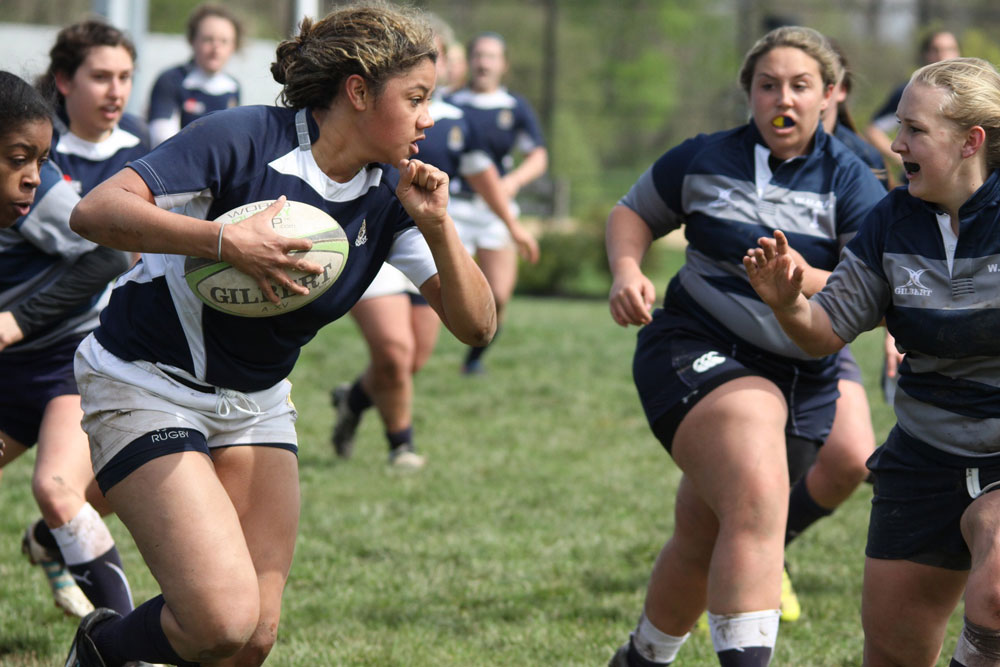
Study: Better information on concussion in youth sport is needed
Learn more about the SHRed Concussions study for high school kids and how to participate.
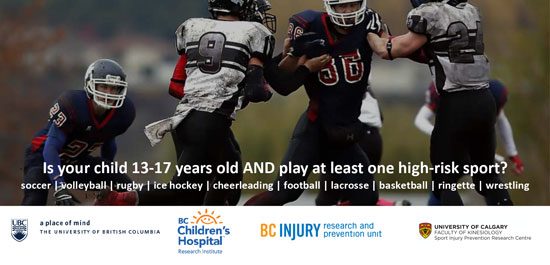
SHRed Concussions Study
Concussions are the most common form of head injury. Young people who get concussions take longer to recover and are at higher risk of developing symptoms that persist for many months after their injury. We want to improve the ways in which concussions are prevented,...
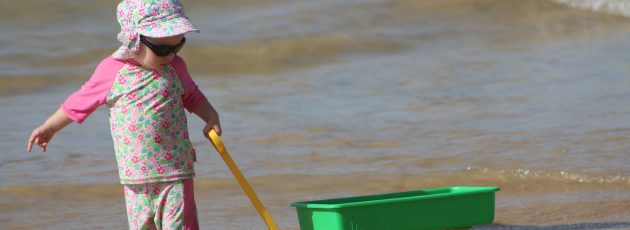
Here Comes the Sun
Babies and children have sensitive skin that can be damaged easily by sun exposure.

International Safety Media Awards
The International Safety Media Awards are the Oscars of the safety community and honour exceptional safety media from around the world.

Playing in the Snow Safely
With snow and freezing temperatures in the forecast this weekend, make sure you’re prepared before venturing out in the snow. Playing outside is healthy for everyone, but frostbite can put a damper on the fun.

Engaging New Westminster children on ‘friendly’ and ‘unfriendly’ spaces for play
Ms. Desiree Wilson’s study is a school-based participatory research project that engaged children in examining the play-friendliness of their neighbourhoods.

Restarting Activities & Preventing Injuries During COVID-19
We’re still all in this together.
COVID-19 and Injury: Staying physically active
There are still lots of ways that you and your family can stay active!
Physical Literacy video wins award from CIHR
The video, “Physical Literacy Across the Lifespan,” is part of the Active & Safe Central resource.
1. ParticiPACTION Pulse Report. Available from: https://www.participaction.com/en-ca/resources/pulse-report
2. Data Source: Discharge Abstract Database (DAD), Ministry of Health, BCIRPU Injury Data Online Tool, 2018.
3. Randsborg, P.-H., Gulbrandsen, P., Šaltytė Benth, J., Sivertsen, E. A., Hammer, O.-L., Fuglesang, H. F. S., & Årøen, A. (2013). Fractures in Children: Epidemiology and Activity-Specific Fracture Rates. Journal of Bone and Joint Surgery, 95(7). https://doi.org/10.2106/jbjs.l.00369
